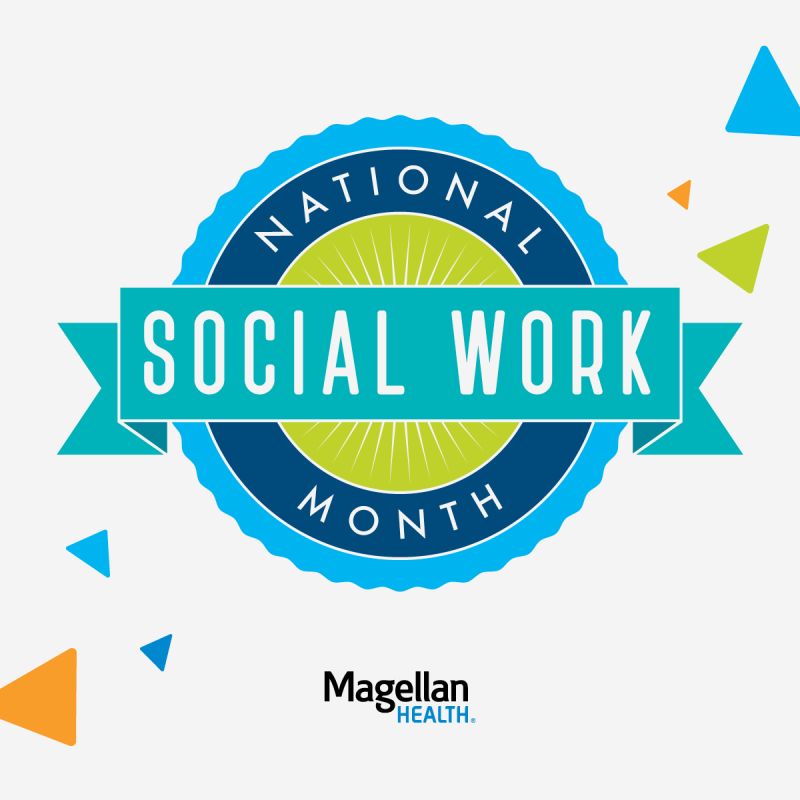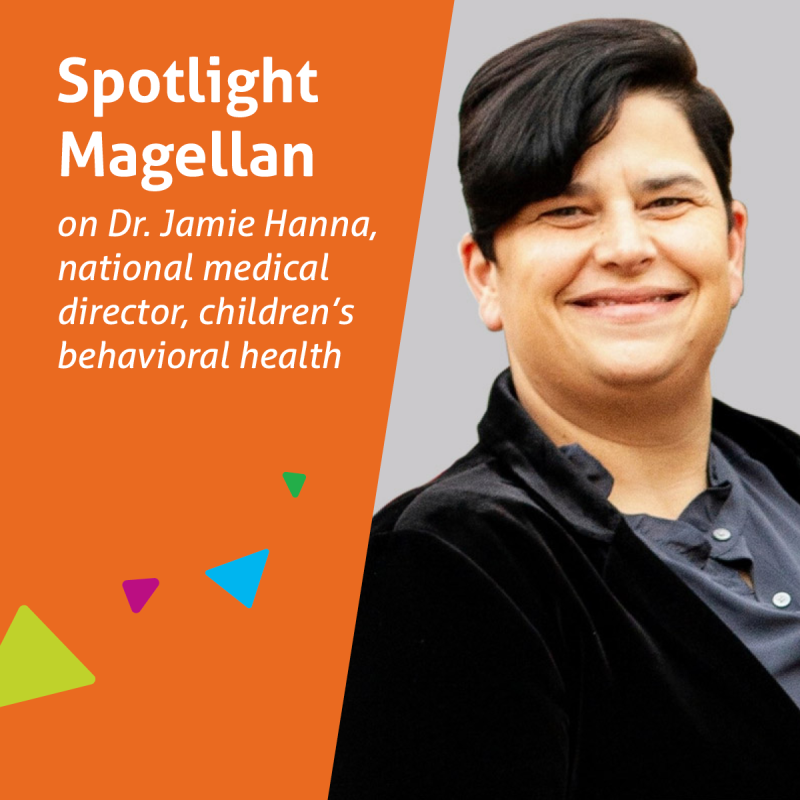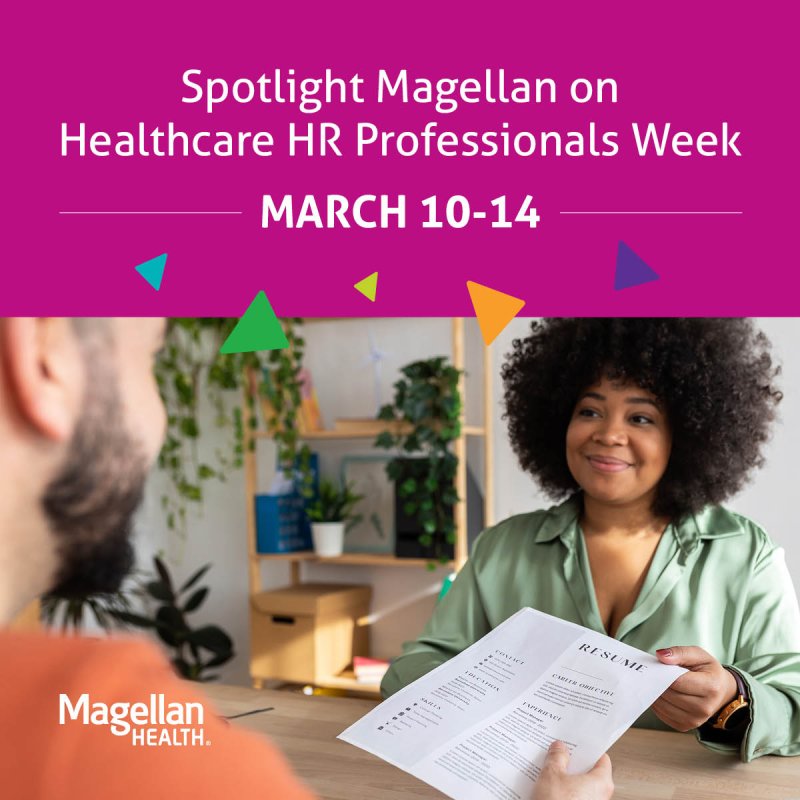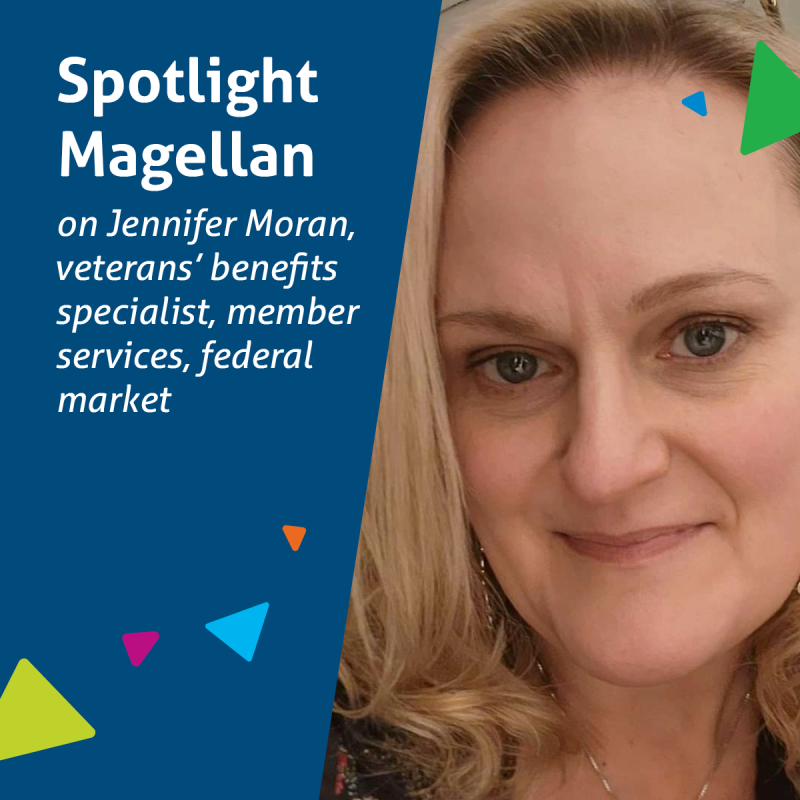Spotlight Magellan: March is National Social Worker Month!
March marks National Social Work Month, a time to honor social workers, who have an essential role in supporting individuals facing mental health challenges, substance use disorders, and complex life circumstances. Their dedication to advocacy and client-centered care strengthens those individuals, their families and communities. Social workers bridge gaps in care and promote recovery. This month we celebrate their commitment to helping individuals live healthy vibrant lives. We’re spotlighting two of Magellan Health’s social workers who share their experiences in this field:
- Tracy Felton, director of capture management, joined Magellan Federal in May 2015.
- David Bieschke, director, clinical care services, joined Magellan in April 2007.
Continue reading to learn more from Tracy and David on their experiences as social workers:

Why did you become a social worker and what is the most rewarding aspect of working in this field?
Tracy: I have always been passionate about helping people, even as a young child, as a babysitter, camp counselor and community volunteer. I saw disparities in the lives of people I served and felt I wanted to make a difference by helping people pursue the lives they wanted to have. The most rewarding aspect of this field is the flexibility of the various roles I have served as a social worker. From diverse populations with children and families impacted by substance abuse and behavioral health issues to military service members and their families whose quality of life is paramount to mission readiness. Working in Philadelphia, New Haven and Washington, D.C, brings complex challenges and great opportunities to see incredible resiliency at work in often dire circumstances.
David: I became a social worker initially because I was adopted and wanted to work with other adoptees and their families. The most rewarding aspect of working in this field is being able to help others realize they have healthy choices they can make in life, both at the micro and macro level.
What are some challenges you face being a social worker, and how do you overcome them?
Tracy: Continued funding for adequate staffing, competitive salaries and program resources has become more challenging post-COVID. The country’s behavioral health crisis has increased requirements for well-trained, experienced social workers in many service capacities. The shortage of social workers means services are not being rendered, and the most severely ill remain so. With this shortage, those who remain committed to the mission and work tirelessly are more apt to experience severe burnout.
David: There are many challenges, but one I work to overcome every day is the stigma of what a social worker is and what they do in their professional role. My professional achievements have been an example of what depth a social worker can have in their career. When the opportunity arises, I educate others about the various roles social workers play, most particularly, with managed behavioral healthcare.
Is there anything you’d like to highlight about working in this field?
Tracy: The resilience of the human spirit and the creativity individuals and families embrace to survive and thrive is always remarkable. Watching a new mother living in a housing project, whose utilities were turned off, have the ingenious idea to put breast milk in the snow outside her door to stay cold showed me she would persevere. Partnering with such clients has given me so much joy and gratitude.
David: The social work profession has come a long way since I received my bachelor’s degree in social work in 1984. The profession has grown and diversified in all areas of behavioral health, and now more than ever there are numerous opportunities for social workers to make an impact on people’s lives.
What does National Social Worker Month mean to you?
Tracy: This is a time when we stop, focus and celebrate the incredible contributions that social workers have made to help individuals, families and communities to reach their full potential. The theme “Social Work: Compassion + Action” highlights my dedication and commitment through many years of education and training, working with remarkable clients and brilliant colleagues. I view my professional world and everything I do in it through the lens of being a social worker first. I am proud to be a social worker!
David: It means an opportunity to acknowledge the profession and to honor my social worker colleagues for their commitment and good work they do every day.


